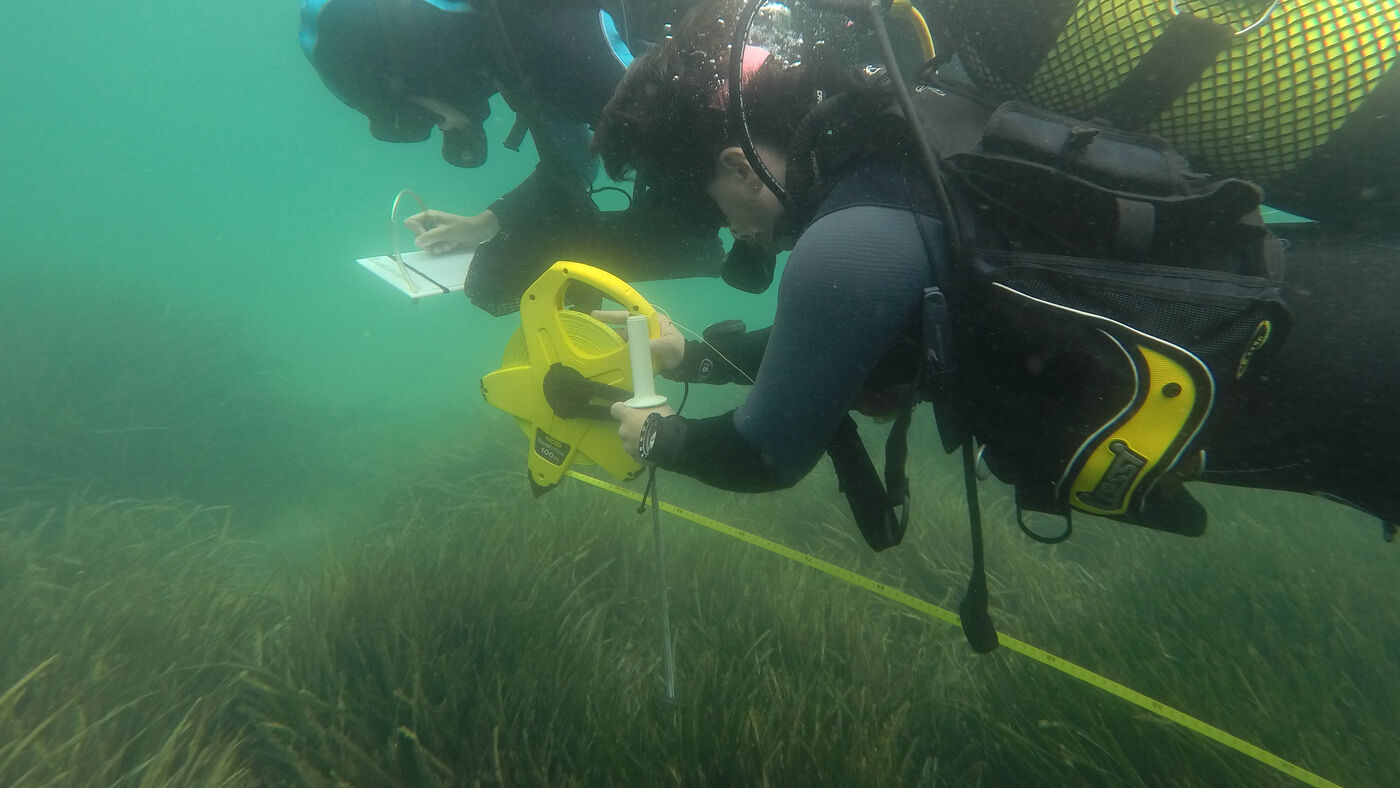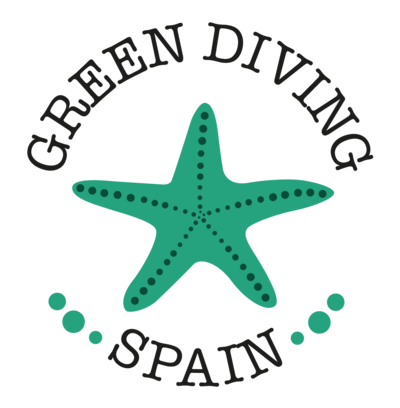Posidonia and kelp: two underwater lungs in the Mediterranean and the Atlantic

At the bottom of the sea, there are two ecosystems that play a crucial role in maintaining the ecological balance of our seas: the meadows of Posidonia oceanica and kelp forests such as Laminaria hyperborea and Laminaria ochroleuca.
Although they inhabit different regions—Posidonia is endemic to the Mediterranean Sea, while kelp dominate the colder waters of the Atlantic—both provide essential ecological benefits for marine life and the health of the planet.
What’s the main difference? Posidonia is a plant, with rhizomes, leaves, and flowers, growing slowly but steadily if not disturbed by external threats, whereas kelp are algae, which grow faster and seasonally.
Despite this, both play similar roles in terms of ecological value.
1. Carbon capture and water oxygenation
Both Posidonia and kelp capture carbon and oxygenate the water.
Posidonia oceanica acts over the long term; its rhizomes accumulate organic matter over centuries, forming structures that retain carbon and sediments. According to the LIFE Posidonia project, these meadows can store up to 1,500 tons of CO₂ per hectare.
Kelp, on the other hand, grow faster, leading to more immediate carbon capture, though less persistent on the seabed. Some studies estimate that kelp forests can capture between 150 and 600 grams of carbon per square meter annually.
2. Shelter and biodiversity
Both habitats provide shelter, food, and breeding grounds for numerous marine species.
Posidonia meadows are true nurseries: they host juvenile fish, cephalopods, crustaceans, and mollusks.
Kelp forests offer a dense structure that supports benthic biodiversity. Many Atlantic species—from sea urchins to fish like the scorpionfish—thrive among their fronds.
In both cases, habitat loss results in a drastic reduction in biodiversity.
3. Coastal protection and sediment stability
Posidonia meadows reduce wave energy and stabilize sediment, protecting beaches from erosion. They are true architects of the coastal landscape.
Kelp also play a role in attenuating wave impact in rocky areas, acting as a natural barrier and reducing direct impact on the coast, though with less effect on sandy sediments.
4. Ecosystem health indicators
Both systems are sensitive bioindicators of environmental change:
Posidonia responds quickly to turbidity, pollution, and seabed disturbances from anchoring or construction. Its degradation is an ecological alarm signal.
Kelp are affected by water warming and eutrophication, and their disappearance in some parts of the Cantabrian Sea is a worrying sign of climate change.
5. Specific challenges
While Posidonia benefits from protections that kelp currently do not (anchoring is banned on Posidonia meadows to aid their recovery), climate change and rising water temperatures are common and pressing threats to both species.
At our Green Diving centers, you can explore both habitats with experienced guides and learn more about them. Their high ecological value makes them worthy of dedicated time and attention to understand them more deeply.

 en
en 














